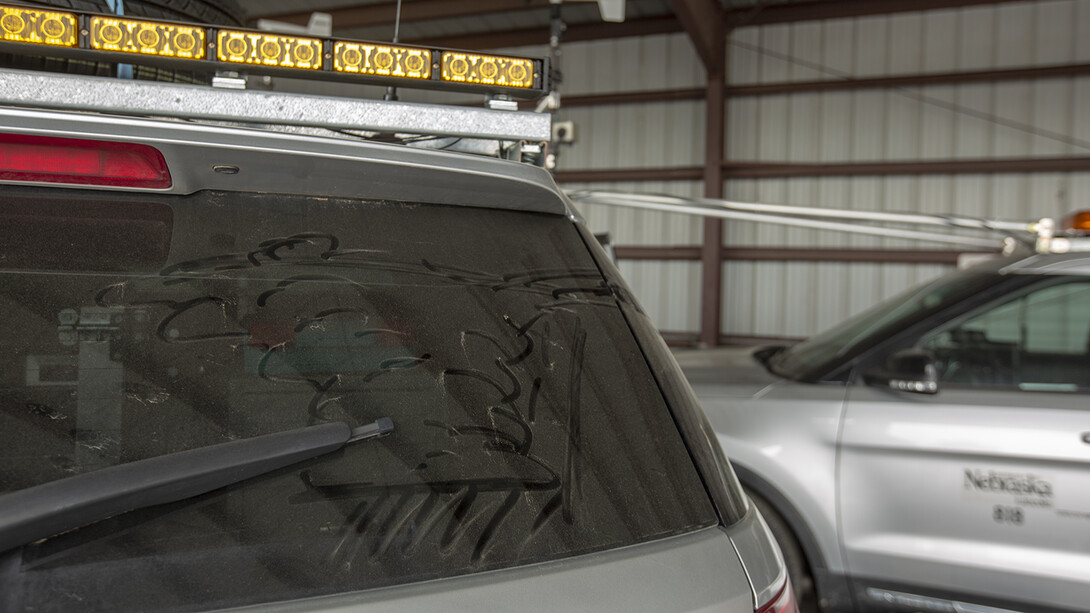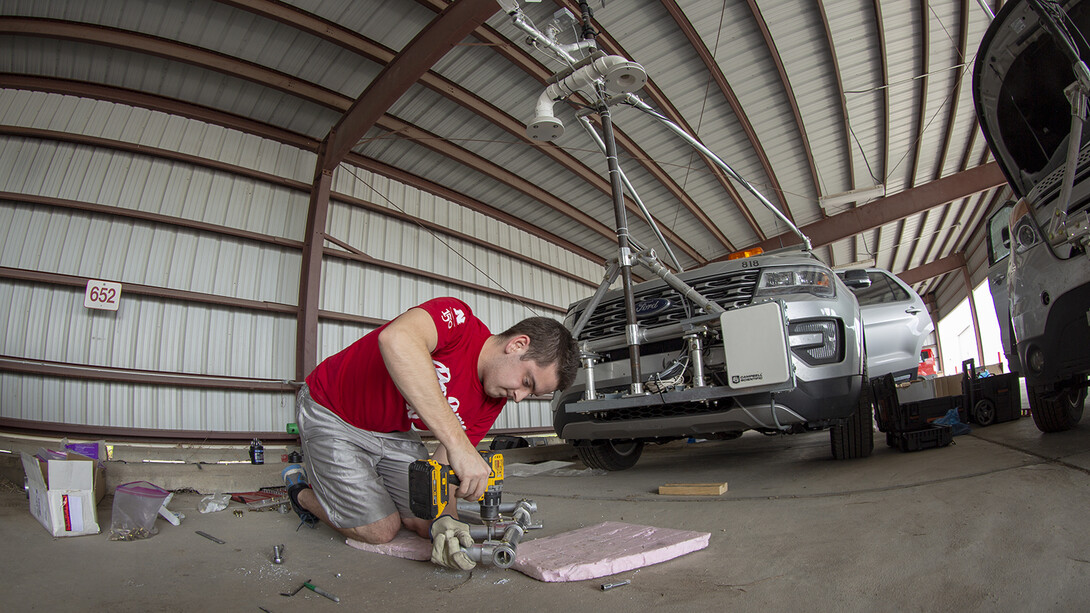
Like characters in the film “Twister,” Nebraska’s Ben Schweigert can trace his meteorological obsession to a single event.
On a fateful night in elementary school, Schweigert sneaked out of his room and found “Twister” playing on the living room television. He was sucked in by the film, as Dr. Jo Harding — played by Helen Hunt as a scientist haunted by the memory of a loved one killed by a tornado — and other research teams dodge flying cows and other debris to collect data from within a storm.
“My dad was watching the film and I sat there loving every minute of it,” Schweigert said. “As far as I can tell, that’s where my passion for storms and meteorology started.”
Fast-forward to summer 2019 and the freshman meteorology/climatology major from Omaha is one of 13 Huskers collecting data as part of the most ambitious drone-based investigation of severe storms and tornadoes ever conducted. The University of Nebraska–Lincoln-led TORUS (Targeted Observation by Radars and UAS of Supercells) study — which launches May 14 in Salina, Kansas — will feature more than 50 scientists and students from four universities deploying across the Central Plains during the 2019 and 2020 storm seasons.
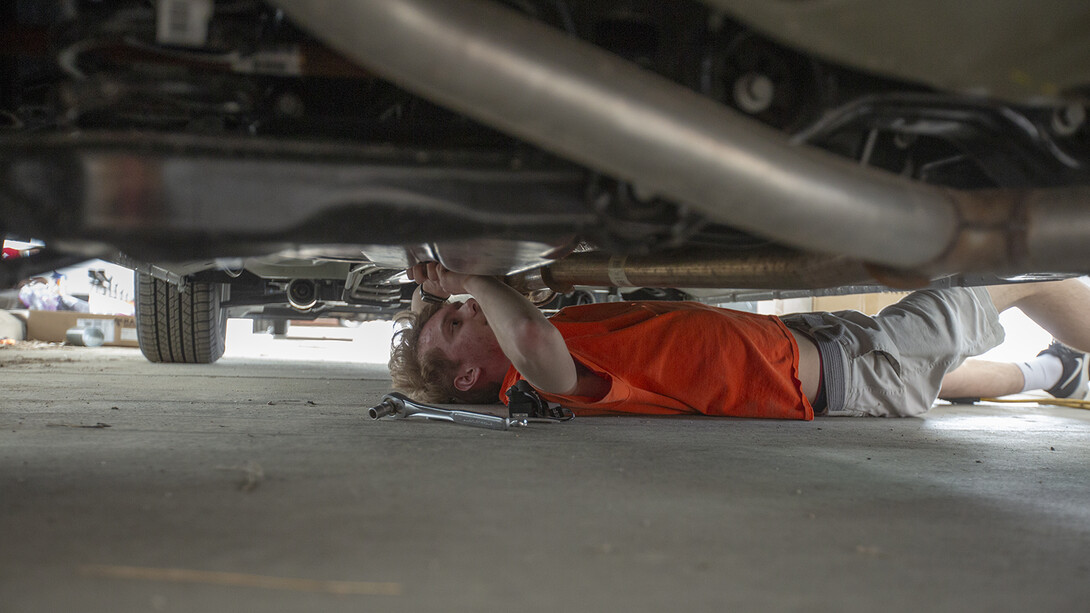
The goal of the project is to collect high-resolution data about the formation of storms to improve forecasting for tornadoes and severe weather.
“This is a tremendous opportunity to go out into the field to learn about storm chasing and how to collect data,” Schweigert said. “For me, this is a dream come true.”
Principal investigators on the project include Nebraska’s Adam Houston, associate professor of earth and atmospheric sciences. The $2.5 million study is funded through a $2.4 million, three-year grant from the National Science Foundation with additional support provided by the National Oceanic and Atmospheric Administration.
The study features four unmanned aircraft systems (drones), an NOAA P-3 manned “Hurricane hunter” aircraft, eight mesonet trucks equipped with meteorological instruments (three built by Nebraska students), three mobile radar systems, a mobile LIDAR unit, and three balloon-borne sensor launchers. Other project partners include the University of Colorado at Boulder, Texas Tech University, University of Oklahoma Cooperative Institute for Mesoscale Meteorological Studies, and NOAA National Severe Storms Laboratory.
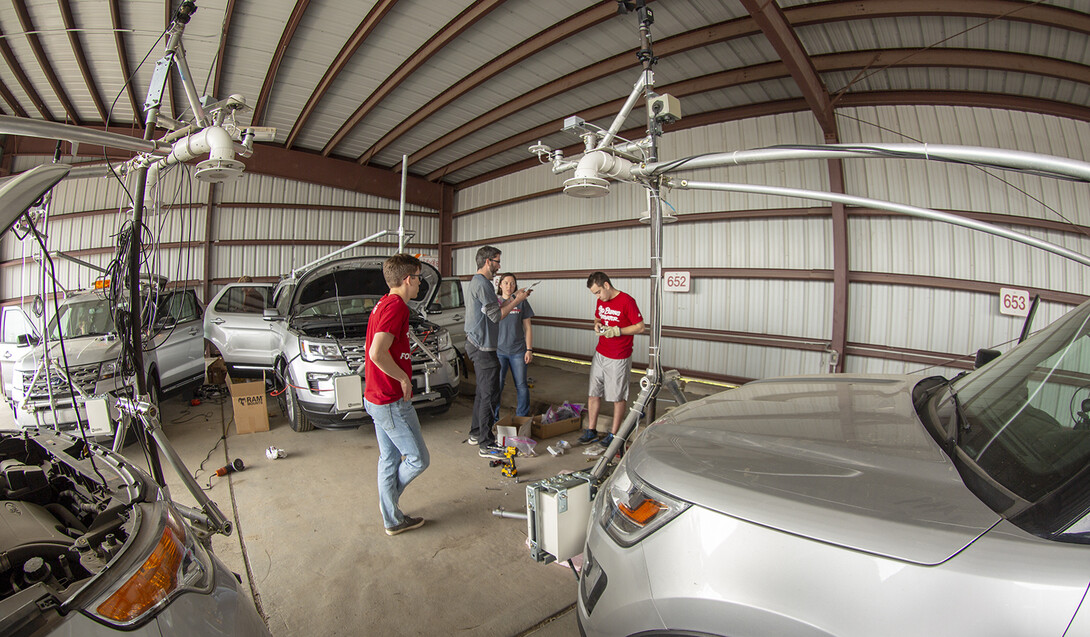
Nebraska’s Maddy Diedrichsen, a junior meteorology/climatology and mathematics major from Malcolm, will participate in the project as part of a Hollings Scholarship-funded summer internship with the National Severe Storms Laboratory.
“Our goal will be to maintain a safe distance from the storm and collect data on its thermodynamic profile,” Diedrichsen said. “Specifically, we’ll be looking to study the structures in the storm that lead up to the formation of a tornado.”
Diedrichsen’s love for all-things meteorological was stoked by participation in the university’s national weather camp. Organized by Ken Dewey, professor of natural resources and geography, the camp allows teens the chance to explore weather-related topics over the course of five days.
“The Nebraska weather camp put me on a trajectory to where I am today,” Diedrichsen said. “It helped me realize what a huge opportunity I had to conduct research as an undergraduate at UNL.”
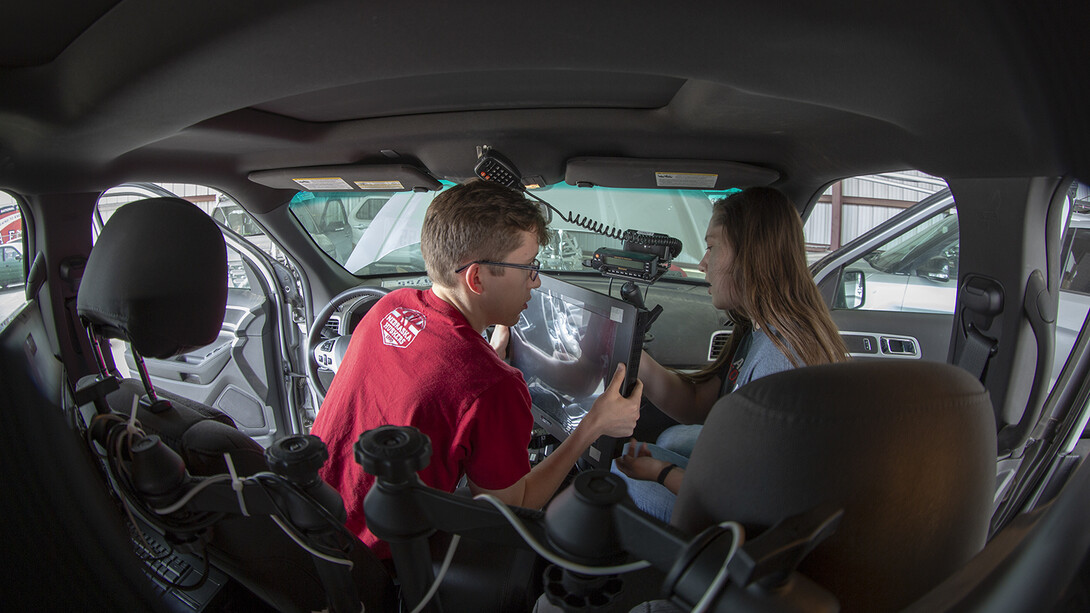
An average chase day on the TORUS team will cover 300 to 500 miles. Along with visual cues, each pursuit will be based on real-time weather data provided through the NOAA and National Weather Service.
The Nebraska mesonet vehicles — nicknamed Comets 1, 2 and 3 — were equipped by student researchers between 2015 and 2019. They feature weather sensors on the outside and a trio of computers that can access real-time weather data to track storms or maps to navigate the TORUS team. All data collected is stored on hard drives within the vehicles and backed up to servers overnight.
Instrumentation mounted to the vehicles will record data on wind vectors, air temperature, humidity and air pressure.
Matt Wilson, a second-year master’s student in meteorology from Ohio, spent prep time this spring updating code within programs that collect the data while TORUS is on the chase.
“We do everything we can to make sure our equipment is ready to go before the season starts,” Wilson said. “It’s rewarding because, if we’re able to collect data successfully, it may further our understanding into the formation of these storms and, possibly, help provide greater warning of severe weather systems.”
Wilson’s storm-chasing passion was stoked by the May 31, 1985 tornado outbreak that killed 89 people, injured 1,000, and caused $600 million in property damage across Ohio, Pennsylvania, New York and Ontario.
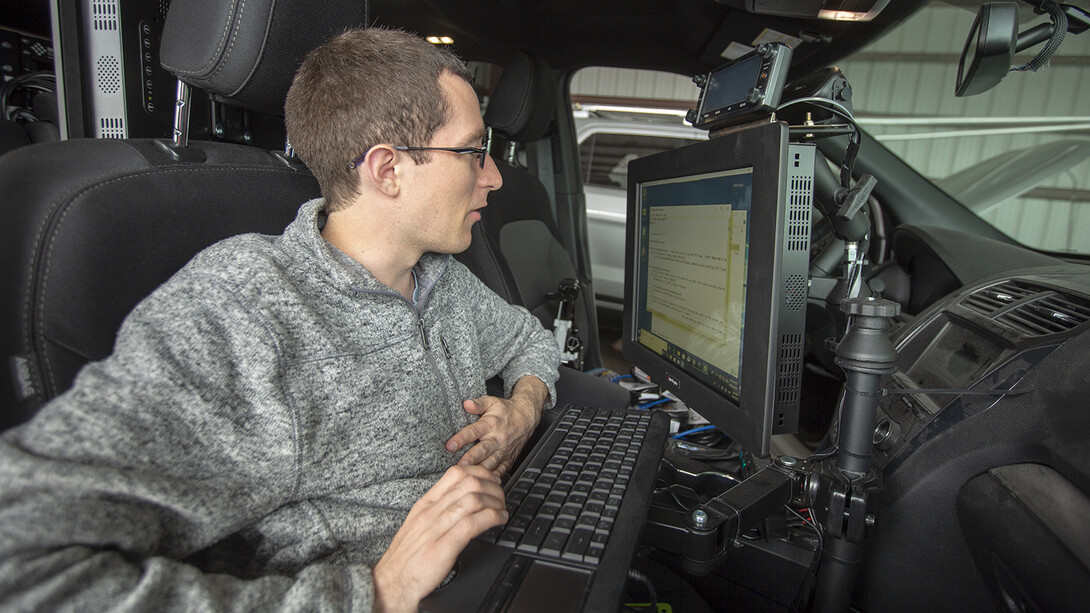
An opportunity to take part in large, national weather-related research projects like TORUS drew Alex Erwin to Nebraska. A graduate student from Smithton, Illinois, and part of Houston’s research group, Erwin was inspired by the work of VORTEX 2 — a national thunderstorm study that Houston was a part of in 2009-2010.
“I watched a feature about VORTEX 2 on the Weather Channel and thought that is definitely something I wanted to be a part of and now I have the opportunity,” Erwin said. “This study is particularly important because the data we collect may be used to save lives in the future.
“Getting a chance like this to study storms is exactly why I came to Nebraska.”
The TORUS team will deploy through June 16. It will operate over approximately 367,000 square miles, covering the Central Plains from North Dakota to Texas, Iowa to Wyoming and Colorado.
Learn more about TORUS and Houston’s Nebraska-based research team.
